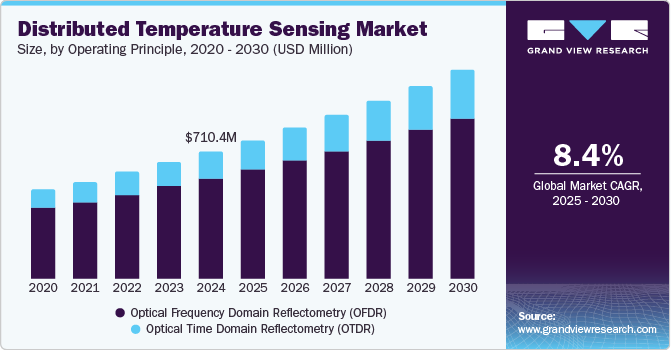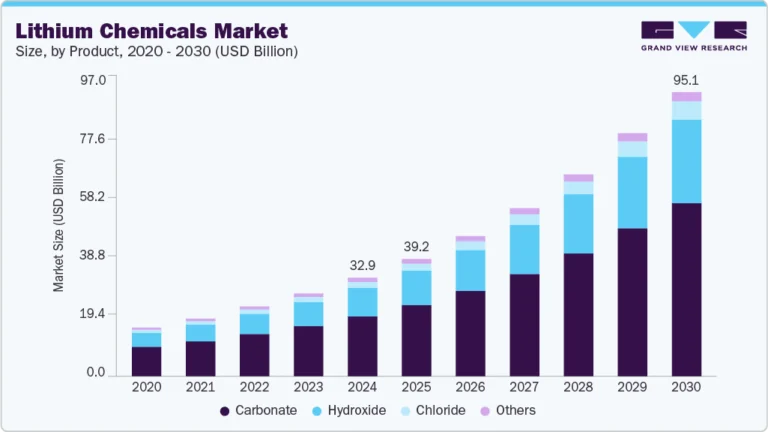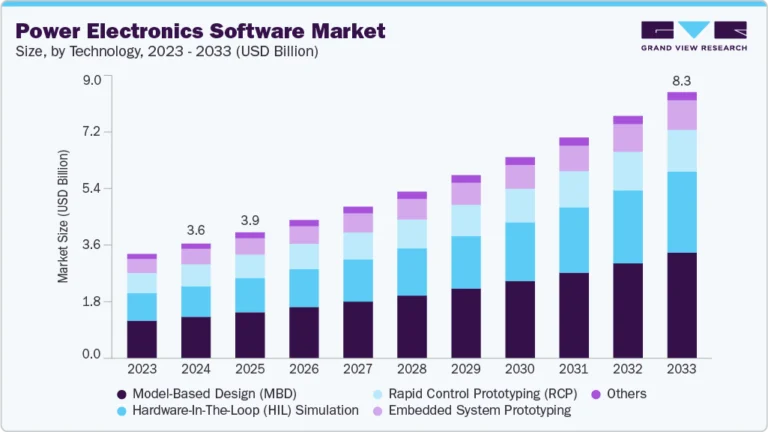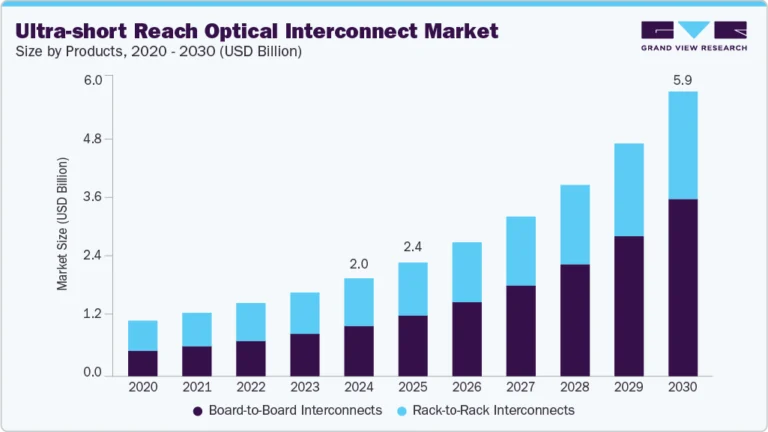Distributed Temperature Sensing Market Size, Share & Trends Analysis growing at a CAGR of 8.4% from 2025 to 2030

The global distributed temperature sensing market size was estimated at USD 710.4 million in 2024 and is projected to reach USD 1160.2 million by 2030, growing at a CAGR of 8.4% from 2025 to 2030. Growth of this market is mainly driven by its increasing use in multiple application industries, including oil & gas, environmental monitoring, fire detection, and others.
Key Market Trends & Insights
- The North America distributed temperature sensing market held the largest revenue share of global market at 32.8% in 2024.
- The U.S. distributed temperature sensing market dominated the regional industry in 2024.
- Based on the operating principle, the Optical Frequency Domain Reflectometry (OFDR) segment dominated the global industry and accounted for a revenue share of 78.7% in 2024.
- Based on fiber, the single-mode fiber segment held the largest revenue share in the global market in 2024.
- Based on application, the oil and gas segment held the largest revenue share of the market in 2024.
Market Size & Forecast
- 2024 Market Size: USD 710.4 Million
- 2030 Projected Market Size: USD 1160.2 Million
- CAGR (2025-2030): 8.4%
- North America: Largest market in 2024
- Asia Pacific: Fastest growing market
Request a free sample copy or view report summary: https://www.grandviewresearch.com/industry-analysis/distributed-temperature-sensing-market/request/rs1
Growing awareness regarding workers’ safety has also contributed to the growth in demand for distributed temperature sensing (DTS) equipment.
DTS technology is extensively used by the oil & gas industry, primarily in petrochemical plants, pipeline structures, drilling, and storage tank areas for real-time temperature and vertical thermal profile monitoring. Its ability to perform and deliver accurate results even in harsh environments makes it a preferred choice by application industries. Upstream oil and gas operating businesses constantly seek safe and cost-efficient alternatives to remotely access and analyze real-time data related to offshore wells. Distributed temperature sensing technology assists these companies and professionals with its extraordinary capabilities associated with immunity to electromagnetic interferences and high performance even in extreme temperatures.
In the power and utility industry, reliable temperature monitoring of high-voltage transmission networks is critical in ensuring an uninterrupted power supply. Advanced optical fibers offered by numerous industry participants integrated in distributed temperature sensing technology assist providers and operators in maintaining safety and performance efficiency. Multimode fibers are often used for medium or lesser-range applications, while single-mode solutions are preferred for longer distances spanning up to 60 kilometers. In addition, it is extensively used in civil engineering applications such as the measurement of groundwater flow, subsurface heat transport, heat fluxes, and environmental monitoring.






